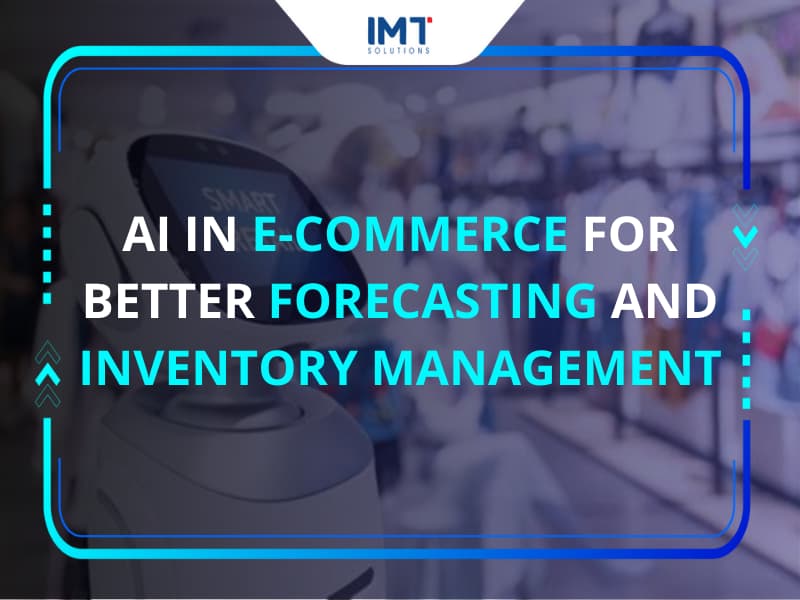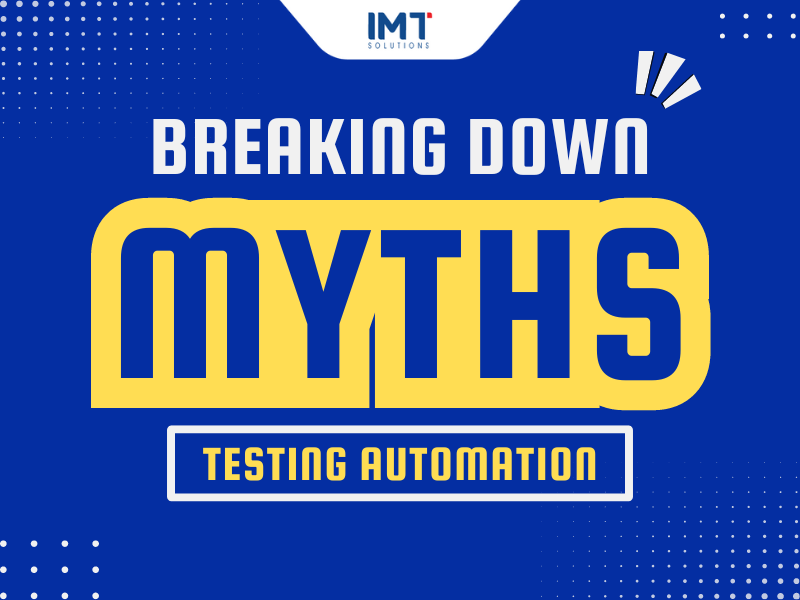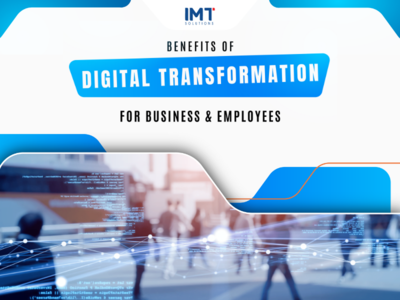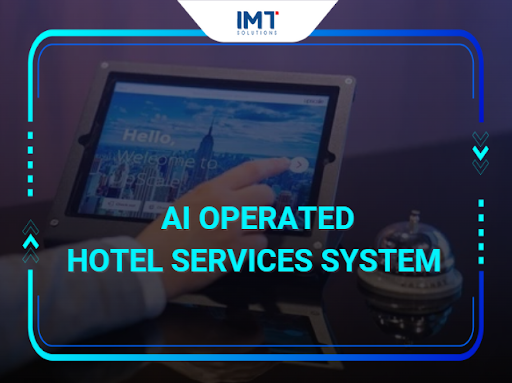Navigating Cloud Application Development for Effective Healthcare Solutions
Businesses throughout the world are currently dealing with a surge in data, which is driving up demand for cloud-based solutions. Especially in healthcare, cloud application development enables organizations to better manage and store large amounts of data. If cloud solutions are being leveraged in the right way, the opportunities to streamline and enhance hospital operations are endless. Therefore, in this article, let’s go through different factors and the process of cloud application development that enhance healthcare operations.
Implement Cloud Application Development for Effective Healthcare Solutions
According to Mordor Intelligence, the healthcare cloud computing market is projected to experience a CAGR of 11.3% in the period of 2025-2030, reaching USD 93.41 billion by 2030. Global healthcare organizations increasingly adopt cloud strategies for data management and interoperability. Recently, healthcare organizations shifted to more custom and sophisticated cloud application development that fit their needs. This approach enable healthcare organizations to various streamlined operations, including:
- Data storage and management without the hassle of investing in on-premise data centers and computer servers. This facilitates convenient and rapid data access allows for quicker decision-making and improved treatment planning.
- Integration of technologies such as IoT, AI, ML, wearables devices,… to better optimize and simplify hospital procedures. As technologies become more advanced, their integration in healthcare will become easier thanks to the cloud.
- Remote patient monitoring and virtual consultation enhance communication between healthcare professionals and patients and improve access to care in remote areas.
- Cloud application development also supports disaster recovery and backup in case of system failures and data corruption incidents. This feature helps minimizing downtime and disruption, ensuring business continuity and protecting patient data.
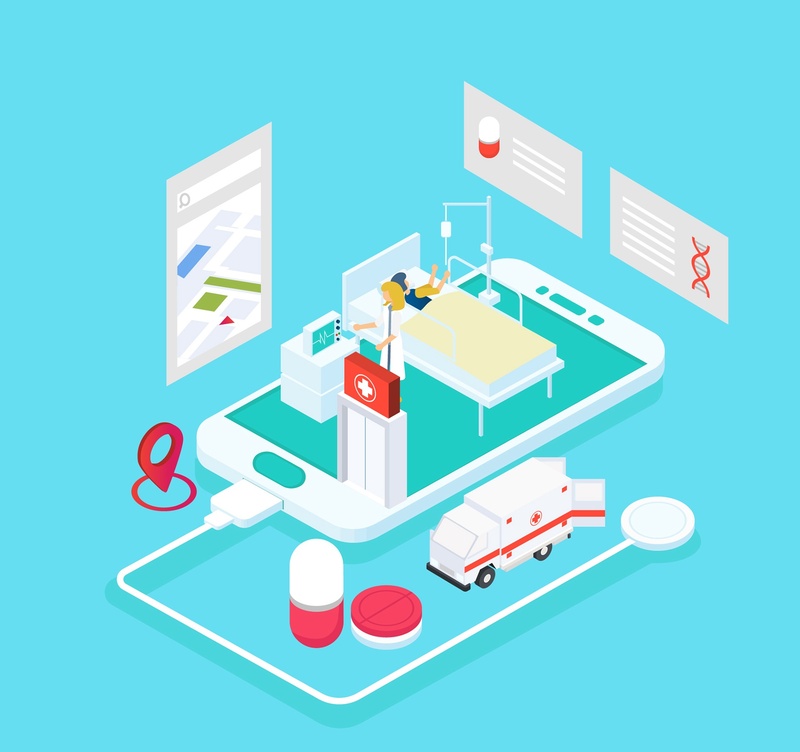
Cloud Application Development for Healthcare: What to Expect
Since cloud-based solutions provide numerous benefits to healthcare businesses, navigating the process of cloud application development is sometimes complicated. Therefore, in this section, we will walk through the process of developing a cloud-based application for healthcare.
Step 1: Market research and Planning
Before building the cloud application, it is critical to undertake extensive market research on the current healthcare app market. The goal of this research is to uncover user needs that are not being covered by any healthcare providers. Furthermore, the application’s UX/UI design must be taken into consideration to ensure users’ simple and effective app interaction. The more thorough the research, the more benefits the cloud-based application provided for the consumers. This will allow the application to stand out from the competitors while also providing substantial benefits to consumers.
Moving on to the planning phase, it is critical to carefully analyze crucial features derived from market research findings. Key features that provide users with ease and value must be included. This step will lay out an outline for the cloud application development.
Step 2: Choosing the Suitable Cloud Provider
If your organization lacks the necessary IT resources for cloud application development, employing a cloud provider is the best option. They offer a variety of services and are capable of developing an app tailored to your company’s specific requirements. When choosing a cloud service provider, there are several important variables to consider:
- Services and costs: It is critical to review the provider’s service offerings, if they meet your requirements, and the prices of services that are within your budget.
- After-development support: Support during the development process and after the app has been launched is critical to ensuring the app’s lifespan and stability.
- Experience in healthcare app development: Look for providers who have considerable work and experience producing healthcare cloud-based apps. This will guarantee that they understand how to design an app that caters to this industry, resulting in more successful app development.

Step 3: App Design and Development
With the plan and service provider in place, it’s time to start developing the app. During the first phase, it is critical to provide an intuitive and accessible user interface. The more convenient the user interface, the better app adoption, retention, and overall user satisfaction. Additionally, integration with other cloud-based technologies will improve storage, collaboration, and communication between healthcare providers and patients. This improves the cloud-based app’s functionality and user experience.When the design stage is completed, the app development process begins based on the guidelines from the previous phases. During the development process, it is critical to closely monitor progress and voice concerns to ensure that the app meets your expectations.
Step 4: Testing and Deployment
Following the developing phase, the app must be tested several times to confirm its performance and conformance with industry requirements. Before launching the app, this stage will guarantee that it has few faults and provides a good user experience. Finally, once the testing is completed, the product will be released to the market via the cloud platform of choice. And the process does not end there; the app must be maintained and updated on a regular basis to satisfy the needs of users and industry standards.

Common Mistakes to Avoid When Choosing Cloud Application Development Provider
Apart from the factors for consideration when choosing your app provider, there are others mistakes to avoid in this process:
- Overlooking the hidden costs: There are various additional hidden fees and charges associated with cloud application development, such as data transfer fees, storage prices, and other premium service costs. As a result, creating a budget and regularly monitoring expenses is critical to avoiding unexpected charges.
- Over-reliance on a single cloud provider: Relying on a single provider can expose your organization to dangers if the company has outages that impair service. Alternatively, their clients may be affected by their shifting policies or pricing plans. As a result, it is critical to implement a multi-cloud strategy that enables your company to simply transition between service providers.
- Insufficient flexibility for future needs: Some providers provide limited services or have inadequate integration with other ecosystems, affecting the scalability of your application. Thus, consider choosing suppliers who provide scalable services and third-party system integration to facilitate the app’s future scalability.
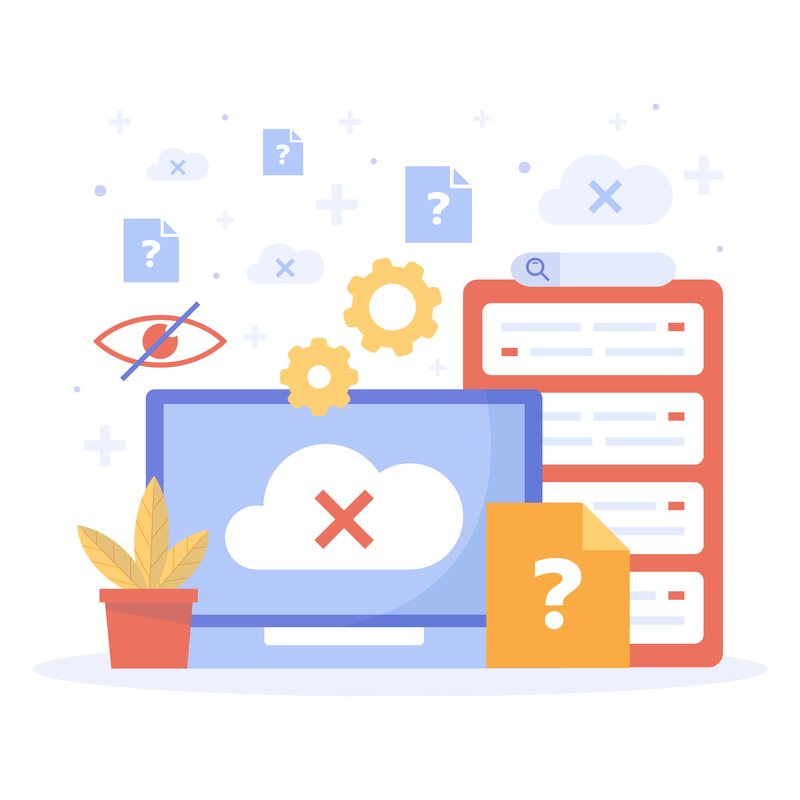
Cloud application development offers countless benefits to healthcare businesses, helping to enhance efficiency and streamline operations. However, navigating the development process can be complex. If your organization is looking for reliable cloud application development services, reach out to us today. We’d love to discuss how we can bring your vision to life.
For additional insights, explore our article on Emerging Healthcare Software Development Trends to Watch in 2025.
